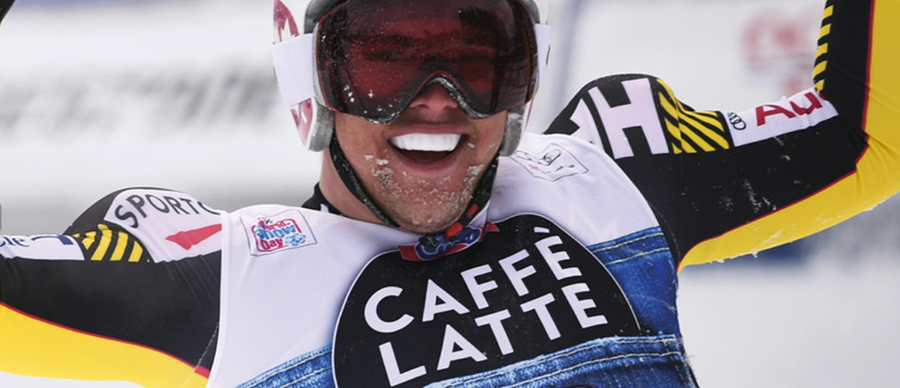Downhill skiing is a dangerous sport. Even the most experienced skiers may get involved in a catastrophic crash. Luckily, there’s a way to protect against such accidents, thanks to the new D-air system by Dainese. The system is based on an existing airbag system Dainese developed for motorcycle racing. In 2012, the Italian company was approached by ski racing’s governing body, the International Ski Federation to adapt the suit for ski racing.
Related Pomocup: The First Smart Wearable Conceived By and For Ski Tourers
After missing its initial approval target of Sochi Olympics in 2014, D-air received approval from FIS on January, 2015. Racers from several countries, including the US Ski Team, will be able to use the system at the World Championships.
The D-air Ski is integrated in a back plate that is placed underneath a skier’s suit. The vest protects the skier’s torso and shoulders and uses a range of sensors to track speed and position. The secret behind this technology is the algorithm that decides when a crash is about to happen. Using 3 accelerometers and 3 gyroscopes, the sensors communicate via GPS at a rate of 1,000 times per second to detect an imminent crash. The vest fully inflates in 100 milliseconds if it senses a crash. A replaceable cold-gas canister provides the near-instant inflation.

“When you have a crash in motorcycling, it’s pretty clear,” explained Dainese Executive Vice President Roberto Sadowsky. However, in downhill skiing when you stay up in the air for an extended period of time, it’s considered a jump not a crash.
“It’s a big secret how our algorithm is developed but it has proven to work pretty much 100 percent,” he said.
The system is powered by a rechargeable lithium-ion battery. Everything except for the airbag itself, is tucked into a hardened pocket on the back protector.
The system also has a USB port to download run data. Using skiers from the Canadian and Italian national team, Dainese collected data from test runs for 2 years. Dainese’s engineers use that data to code an algorithm that can tell, based on a skier’s speed and body position, whether he or she is about to crash or just at the bottom of a post-jump compression.
Related Introducing The Smart Ways to Hit the Slopes
D-air Ski is not available for sale to the general public, but the motorcycle version and jacket costs around $1,700. Airbags are single-use and once deployed, need to be replaced. They cost $250 each.












